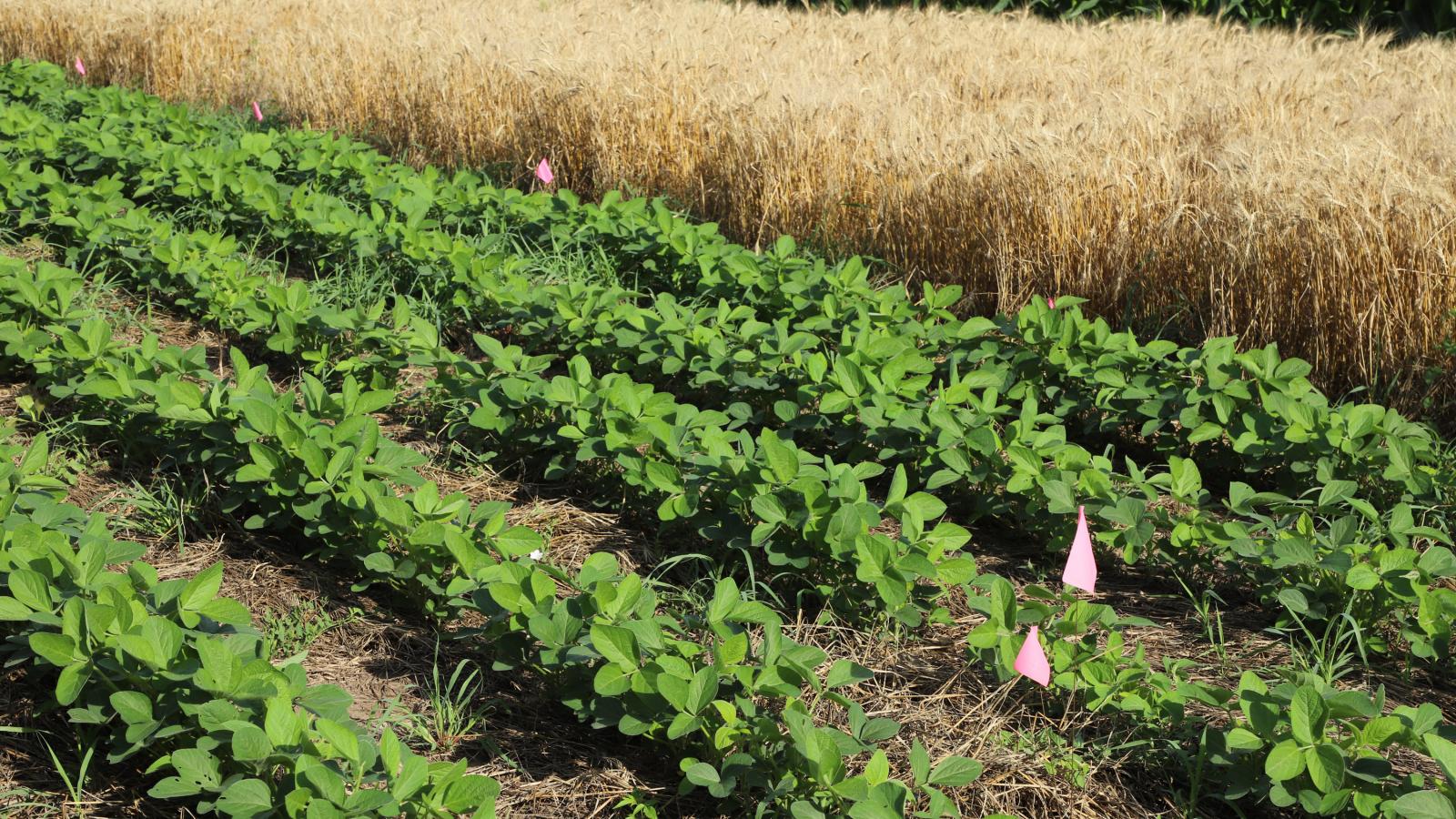Instructor(s): S. Carolina Córdova
Number of Credit Hours: 3
Cross-listings: PLAS 435, NRES 435, NRES 835
Prerequisites: For PLAS/NRES 435: Senior standing. For AGRO/NRES 835: 12 hrs biological or agricultural sciences.
Description: Integration of principles of ecology, plant and animal sciences, crop protection, and rural landscape planning and management for sustainable agriculture. Includes natural and cultivated ecosystems, population and community ecology, nutrient cycling, pest management, hydrologic cycles, cropping and grazing systems, landscape ecology, biodiversity, and socioeconomic evaluation of systems.
Learning Outcomes/Course Objectives
- Develop meaningful and integrated concepts and study interactions in sustainable agroecosystems and food systems; contrast agroecological analysis with conventional indicators and methods to evaluate long-term systems outcomes; explore economic, environmental and social impacts, and interactions with other sectors of society.
- Access principal information resources and current news relevant to sustainable production and food systems; process information and incorporate into timely papers, discussions, and projects; develop key capacities and skills to deal with unpredictable future challenges: observation, participation, dialogue, reflection, and visioning.
- Develop, explain and evaluate indicators of sustainability in agroecosystems and food systems, relating these to climate change, soil quality, local to global economies, environmental impacts, political decisions, systems resilience, local communities and cultures, and distribution of benefits in local, regional, and global societies.
- Evaluate and compare sustainability of conventional and alternative agricultural systems using relevant key indicators developed in the course: production, economic, environmental, and social dimensions of systems; evaluate systems inputs, outputs and impacts.
- Integrate information on production, processing, marketing and consumption in food systems; describe efficiencies and inefficiencies in each node in a production and consumption food web; provide a framework for analysis of future alternative food systems.
- Articulate the complexities of agroecosystems and food systems through written and oral communication with peers in class, on campus, and with people outside the university community including family and friends.
